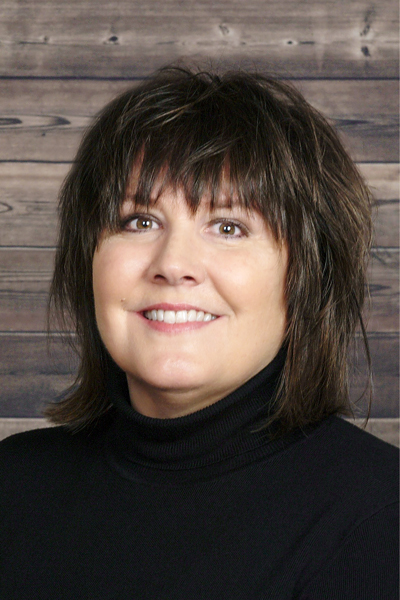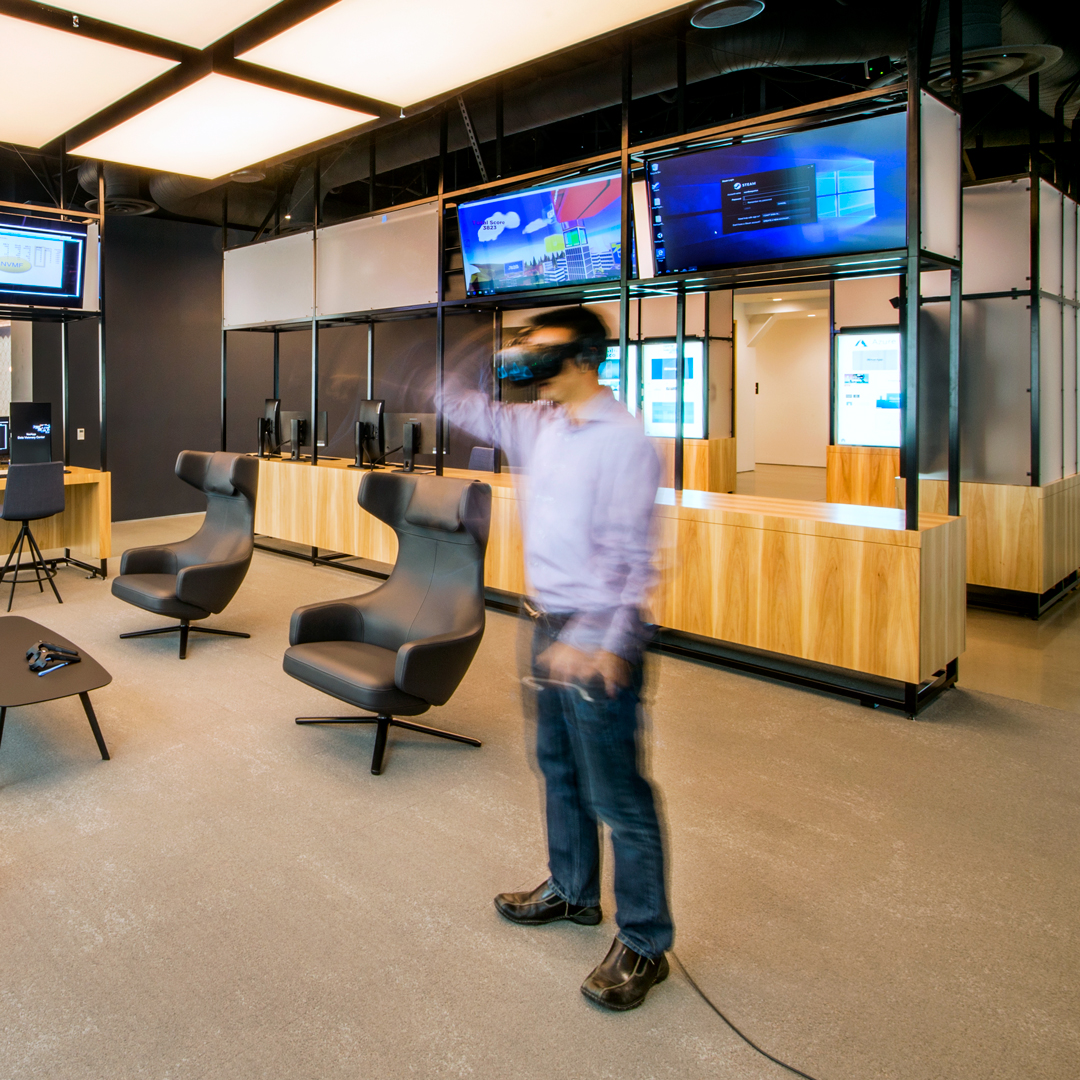The values Cheryl Bergeson developed studying architecture and interior design set the stage for the workplace design she’s now applying at one of the largest energy providers in the United States. While Exelon, a Fortune 100 company, serves ten million customers with electric power, natural gas, and nuclear products, Bergeson enhances the workplace experience for the $33.5 billion public utility’s 34,000 employees spread across 48 states. “My passion is the built environment and the experiential aspects of where people work and live,” she says. “I’ve always leaned more toward interior environments—rather than the building envelope—because they speak more specifically to how people use space.”

Currently serving as Exelon’s real estate and facilities program manager, Bergeson takes a forward-looking approach to workplace design at the company, which stems from the years she spent working at Accenture (then Andersen Consulting). A leader in alternative work strategies, such as hoteling, consulting giant Accenture prides itself on its efficient use of real estate. It was there Bergeson first used workplace strategy to inform the design of efficient, effective work environments that fostered employee engagement and collaboration.
Since her arrival at Exelon in 2008, Bergeson has remained focused on how the right workplace design not only complements but also empowers employees. She engages end users to understand the work being performed and then matches their work styles to settings that enhance mobility and collaboration through work space options and technology tools. The result? Bergeson’s team can transform the workplace into a performance enabler.
While Bergeson thrives on constant evolution and sees every new facility or renovation at Exelon as an opportunity to craft a higher-functioning space, she cites a realistic approach to change management. “You have to meet people where they are,” she says. “You have to talk to them. You have to do things for people—not to them.” Employee engagement occurs throughout a new project, she adds, starting with a survey of employee needs before the project launches and concluding with post-occupancy focus groups upon completion.
Exelon tasks Bergeson with designing work spaces for various operating companies across the enterprise, so it is critical for her to understand the different types of work and the subsequent demands they entail. She envisions the workplace as a mechanism that encourages team members to connect. She also focuses on workplace trends revolving around community-oriented design, incorporating a mix of spaces suited to different tasks and work styles. These spaces include areas where small groups of employees can gather to talk, as well as quiet spots where individuals can concentrate by themselves.

Exelon refers to work space “blocks” as “neighborhoods”; each neighborhood can include a variety of roles, such as analysts, salespeople, administrators, and more. Typically, a floor comprises three or four neighborhoods that connect via community spaces, such as cafés. Within each neighborhood, employees can choose work spaces that fit their needs. When Bergeson’s team noticed that large conference rooms were often being reserved for small meetings, creating a perceived shortage in supply, they introduced more intimate collaborative spaces into the neighborhoods. Now, groups of two can step into a focus room for a conversation, and larger groups of five or six people can reserve a huddle room for meetings.
An additional benefit of flexible, collaborative spaces is that employees can see and connect with each other more readily. “When you can see people meeting and talking, it creates an opportunity to invite someone new into the conversation,” she explains. “There is more spontaneity.”
This spontaneous dialogue not only drives innovation but also furthers Exelon’s goals of diversity and inclusion. “Inclusion doesn’t happen behind closed doors or when people are segregated,” Bergeson says. “It happens when people are connecting.”

Another trend in workplace strategy that Bergeson employs at Exelon is the use of design to underscore the brand identity and the corporate mission, and it goes far beyond logos and way-finding signage. For example, Exelon is committed to environmental stewardship. “By incorporating sustainable materials in design and placing things in the work environment like recycling centers, you reinforce this value,” she explains. “You touch it, you sit in it—it permeates everything you’re doing.” With such details, the interiors of Exelon’s offices implicitly remind employees that their work makes a positive impact.
In addition to sustainability, Exelon encourages its employees to remain focused on how their work provides the essential service of bringing energy to customers. For example, in one of Exelon’s Chicago offices, there’s a mural depicting an aerial view of the city lit up at night. This local touch helps employees visualize their direct impact on their community.
Looking ahead, Bergeson will continue to champion new ways for Exelon to use its work spaces more efficiently and effectively. However, she believes that means more than just allocating square footage in a building. It’s about designing the workplace as an enabler of innovation and as a device that will drive Exelon’s business objectives forward. “My evolution has been about enhancing the workplace experience,” Bergeson says, “and how the workplace strategy program can increase organizational performance and drive down costs.”


